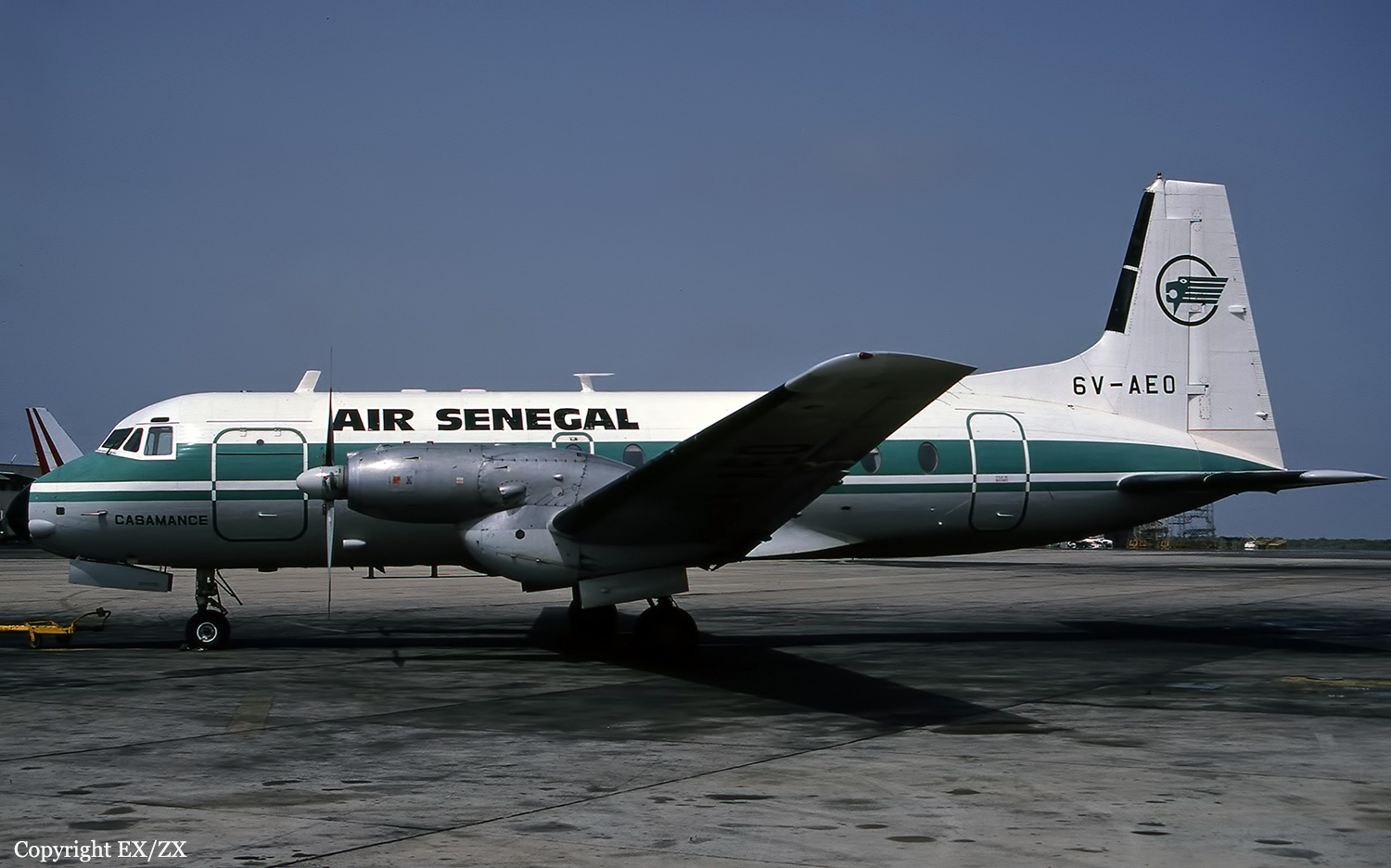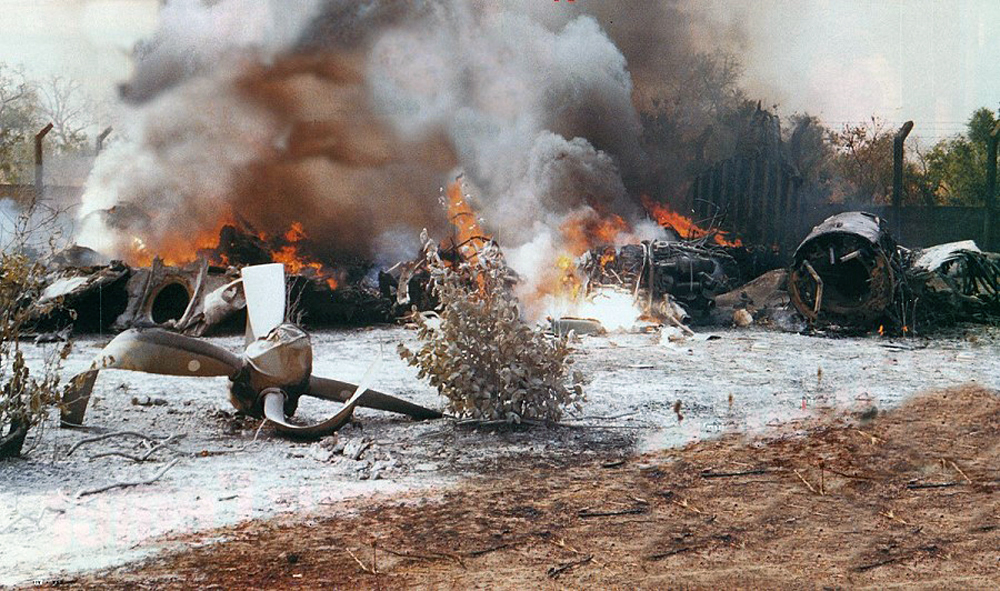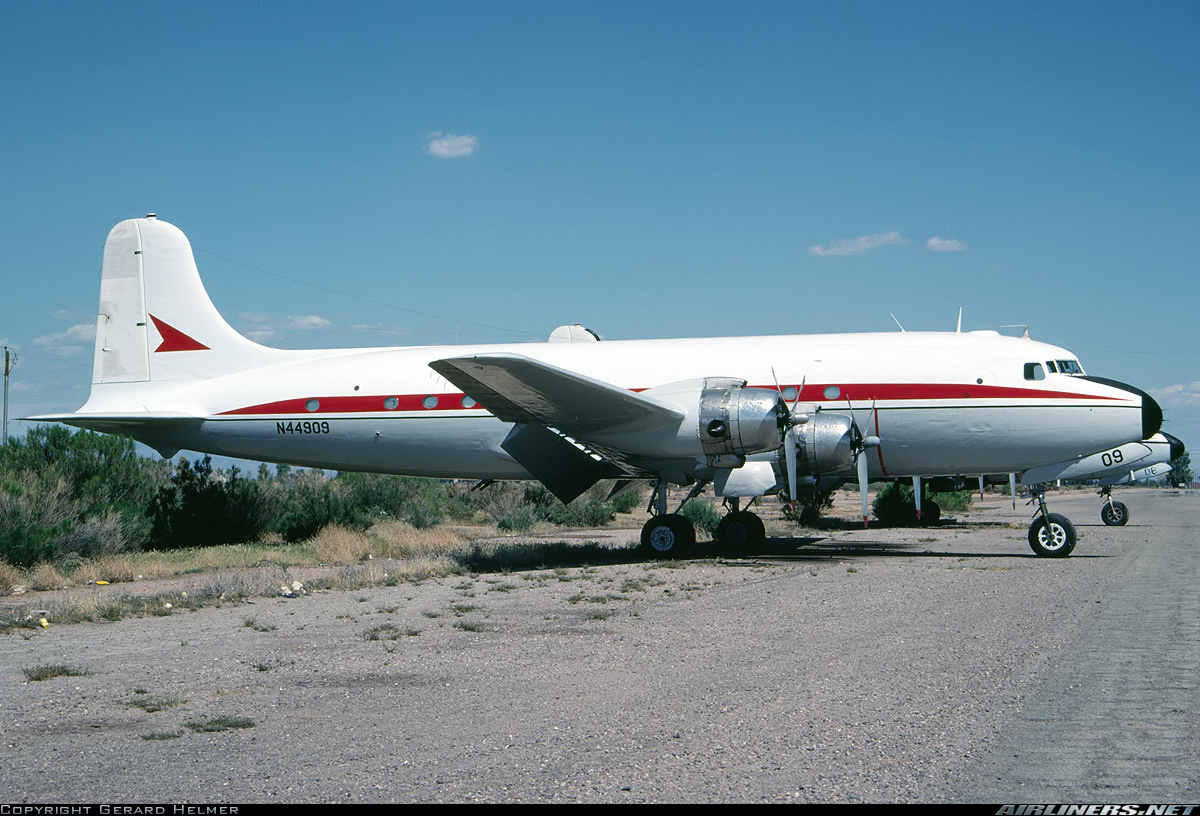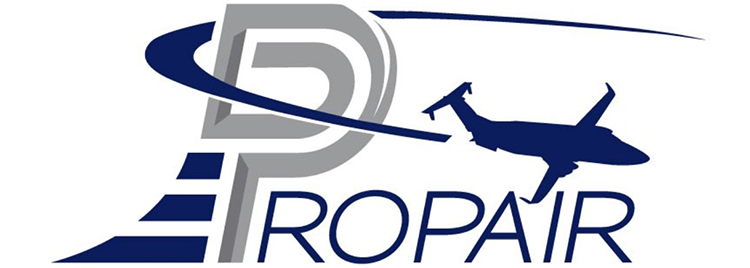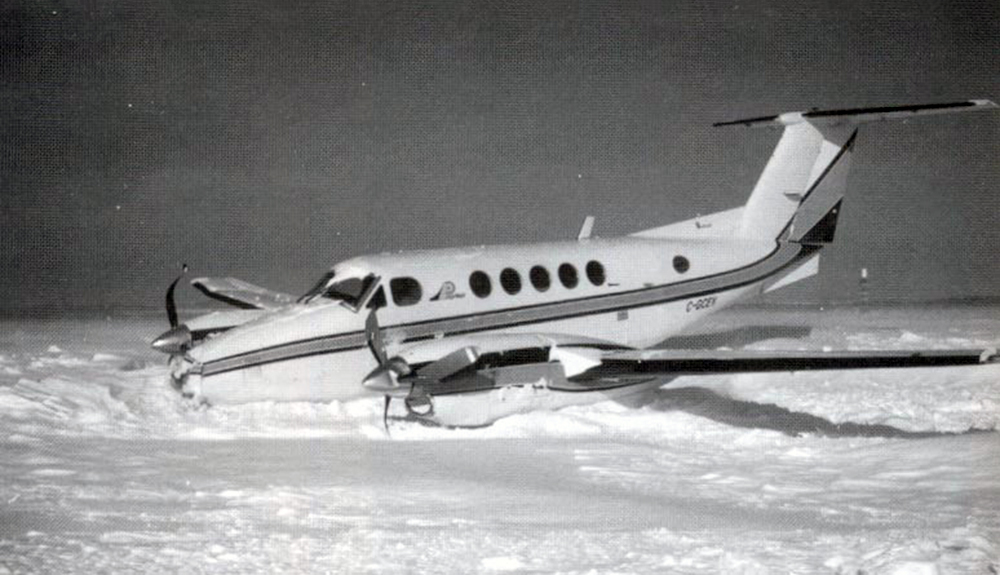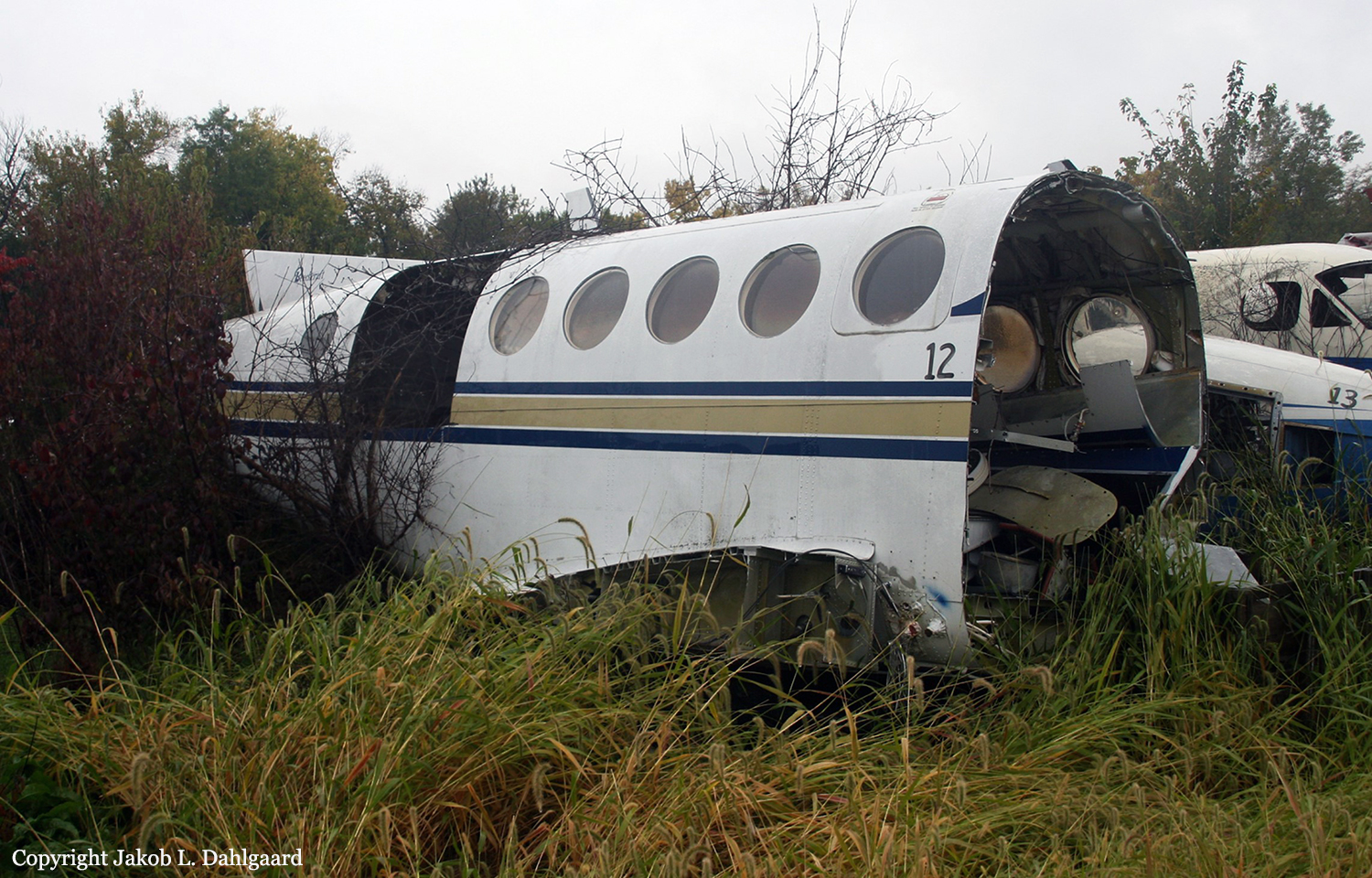Crash of a Beechcraft H18 in Honolulu
Date & Time:
Feb 22, 1997 at 0623 LT
Registration:
N7969K
Survivors:
Yes
Schedule:
Honolulu - Lanai
MSN:
BA-702
YOM:
1964
Flight number:
PLA222
Crew on board:
2
Crew fatalities:
Pax on board:
0
Pax fatalities:
Other fatalities:
Total fatalities:
0
Captain / Total hours on type:
142.00
Aircraft flight hours:
16600
Circumstances:
The airplane was loaded with mail & freight within 57 lbs of its max takeoff weight limit. No malfunction was noted during start or taxi. The pilot made a near-midfield intersection departure from runway 08L at 0622:35 local time. Seconds earlier, a Boeing 747 had completed its landing roll-out on runway 4R, which crossed runway 8L near its departure end. Winds were from 285° at 2 kts. The pilot and loader (a private pilot) said nothing unusual occurred during takeoff until the aircraft climbed to 100 feet agl, then 'suddenly the airplane yawed to the left as though the left engine had lost power.' Despite use of full right rudder, directional control was lost, and the pilot decreased the pitch attitude because of 'severe yawing and rolling tendencies.' The airplane's left wing tip impacted the right side of the runway, the tricycle gear collapsed, and the airplane slid to a stop and was consumed by fire. Due to fire damage and lack of accurate records, neither the total fuel load, the freight's actual weight, the cargo's preimpact location within the aircraft, nor the adequacy of the cargo tie down system could be validated. Weight and balance documents filed with the FAA were at variance with 'duplicate' documents held by the operator. Exam of the engines did not reveal evidence of a preimpact failure. Propeller ground scars on the runway indicated both engines were operating during impact. The accident occurred during the pilot's last flight as an employee with the company.
Probable cause:
Loss of aircraft control for undetermined reason(s).
Final Report:









